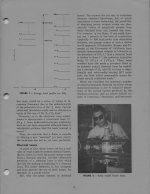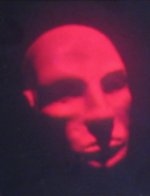Eidetical
Active member
- Joined
- May 14, 2022
- Messages
- 201
- Points
- 43
Lots has changed in the dozen years since my last time here, and I'm thinking it's a good time to step in again. My intent is to focus on old laser issues (which are sparse) and laser history, and comment only from the perspective of a professional holographer of forty years.
Yep, grampa's lasers (things of the past).
And real holograms (things of the future).
Yep, grampa's lasers (things of the past).
And real holograms (things of the future).







